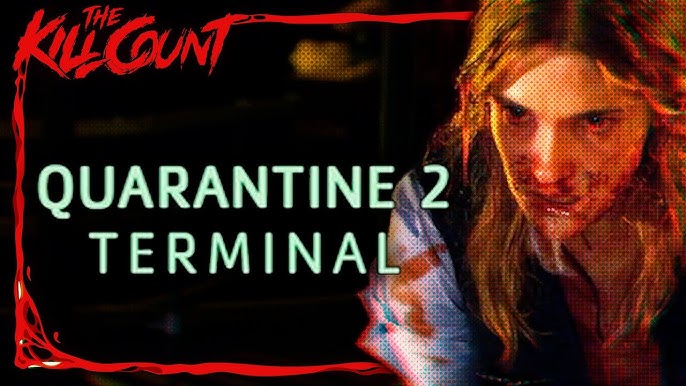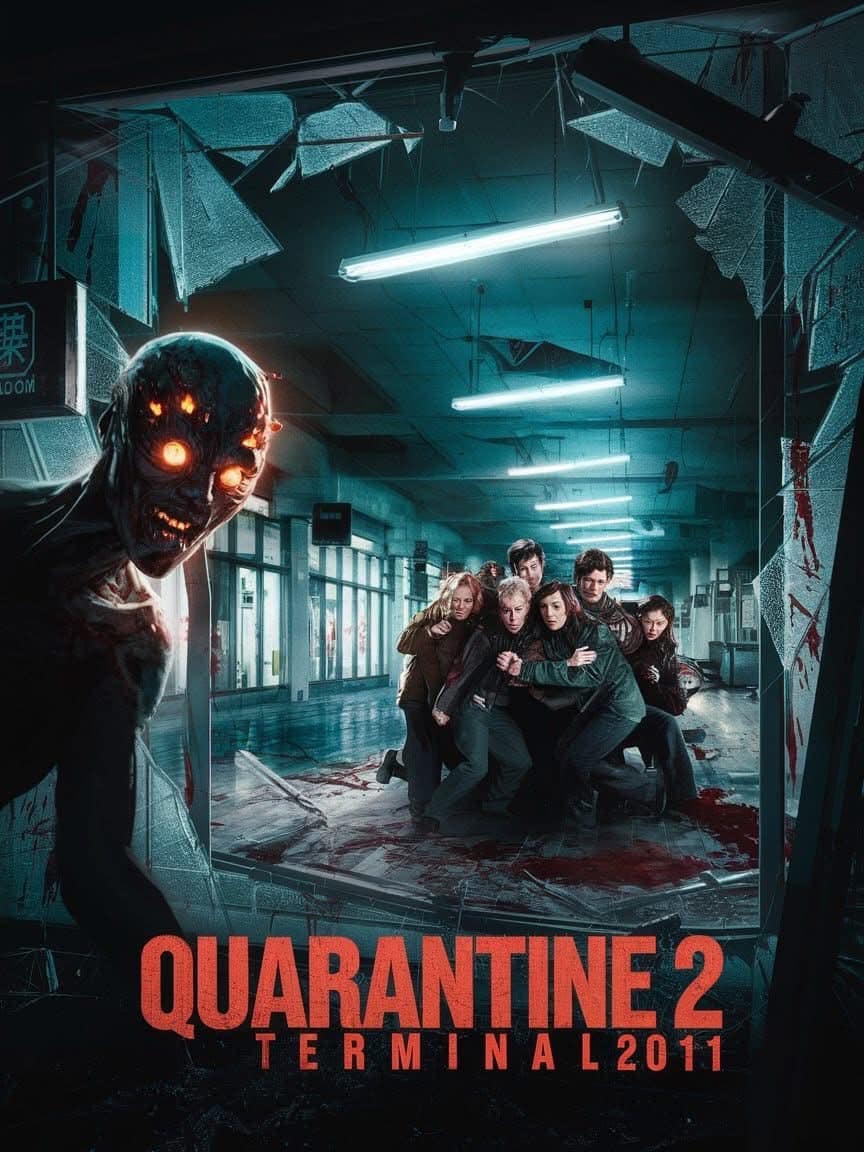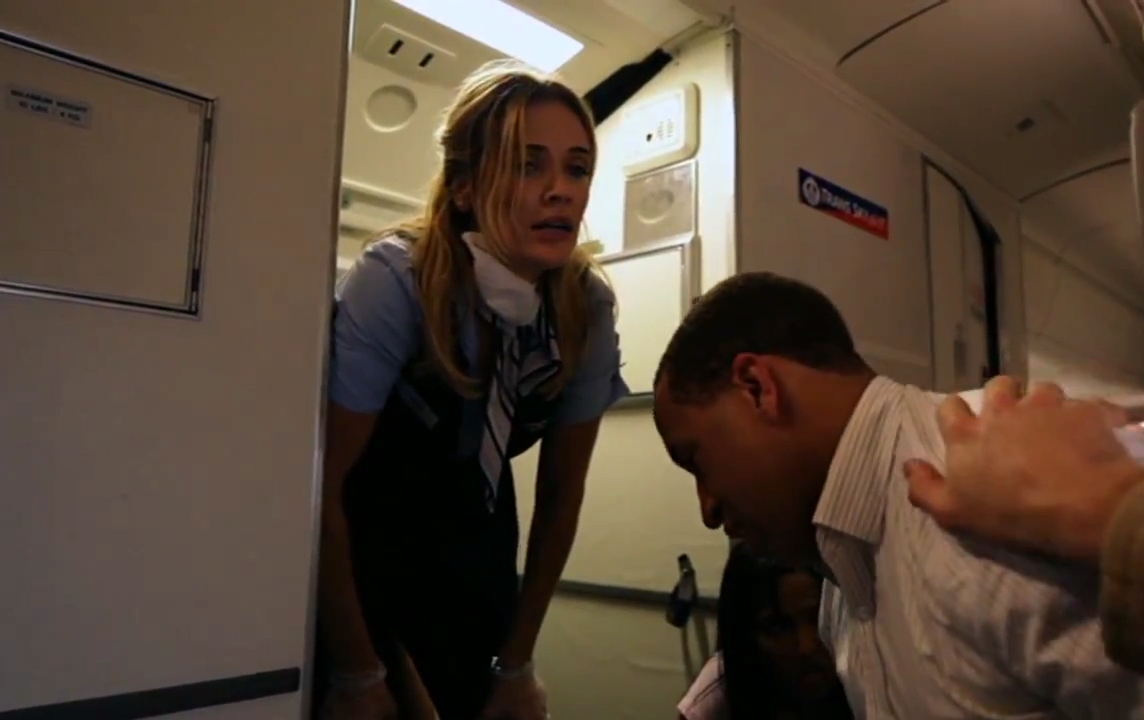Quarantine 2 Terminal (2011)

Quarantine 2 Terminal (2011)
Quarantine 2: Terminal (2011) is a tense, claustrophobic horror-thriller and the direct sequel to Quarantine (2008). Directed by John Pogue, the film amplifies the fear and intensity of its predecessor, exploring the terror of a viral outbreak from the perspective of trapped survivors, while intensifying the stakes and horrors inside an isolated airport terminal.

The story begins as a group of passengers boards a flight from Los Angeles to an undisclosed destination. Among them are nurse Jenny (Mercedes Masöhn), a couple, a flight attendant, and several other passengers, all unaware of the disaster awaiting them. Soon after takeoff, the plane is forced to make an emergency landing at a nearby airport terminal when one of the passengers exhibits symptoms of a mysterious and violent illness.

Upon arriving at the terminal, the passengers and crew are quarantined by the authorities, who have sealed off the area to contain the outbreak. What starts as a precautionary measure quickly escalates into chaos when the infected passengers begin to violently attack those around them, spreading the terrifying disease. The virus, a mutated strain of rabies, turns the infected into violent, bloodthirsty creatures, pushing the survivors to their physical and mental limits.

Trapped in the terminal with limited resources, Jenny and the others must work together to survive the escalating nightmare. As they try to escape, they realize that the virus is more widespread than they thought, and they face not only the threat of the infected but also the mounting fear that the authorities may have their own dark agenda.
Quarantine 2: Terminal delves into themes of isolation, panic, and survival in the face of an uncontrollable outbreak. The film explores how fear can erode human decency and prompt individuals to make desperate, morally questionable decisions in order to survive. The characters’ evolving responses to the threat — from initial disbelief to terror and finally, survival — highlight the psychological toll of being trapped in an apocalyptic scenario.

The film’s style is heavily influenced by the confined setting of the terminal, with tight, claustrophobic shots that heighten the sense of entrapment. The use of dim, flickering lights, narrow corridors, and closed-off spaces adds to the growing dread. As the infected become more aggressive, the violence is relentless, amplifying the terror and sense of hopelessness.
The pacing is rapid, with moments of quiet tension building up to sudden bursts of horror, keeping the audience on edge throughout the film. The horror is both psychological and physical, blending disturbing imagery with the constant threat of being overwhelmed by the infected.

Quarantine 2: Terminal (2011) offers a thrilling continuation of the viral outbreak saga, delivering a fast-paced, terror-filled experience. With its claustrophobic setting, relentless horror, and psychological tension, the film deepens the dread of the Quarantine universe while exploring the darker side of human nature in a life-or-death situation. It’s a relentless fight for survival against both the infected and the unknown dangers lurking within the terminal’s walls.











